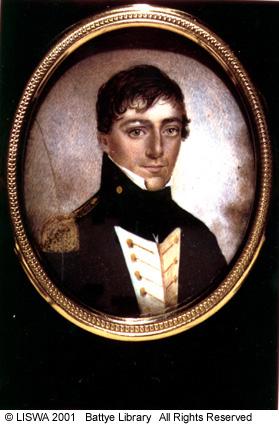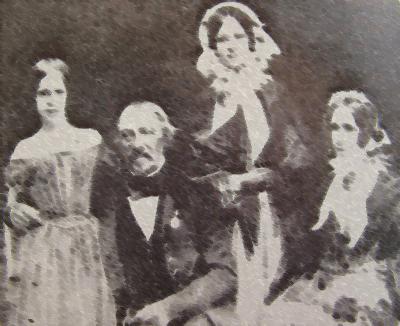|
|
|||
|
|
|
|
|
|
|
|||
JOHN SEPTIMUS ROE1797 - 1878
|
|
|
|
|
As one of the early explorers, J.S. Roe was responsible for naming many towns and features in W.A. You will see his name mentioned many times in this
guide. We think it is fitting that we include a quick biography of the man who was responsible for so many discoveries.
|
|
Next he served aboard HMS Horatio first on convoy duty and then surveying. During the survey the ship struck rocks and was almost lost but Roe
seems to have had a charmed life and this was the first of a number of lucky escapes he had over the years.
|
|
|
The survey moved on up the west coast to the North West Cape and then turned east along the north of Australia and through the Torres Straits.
On returning to Sydney Roe surveyed the Derwent River before re-joining King and sailing north for more survey work. This survey was cut short and
the ship returned to Sydney before returning north to complete the work. It was during this trip that Roe was attacked by a group of Aborigines and
again escaped more by good luck than anything else.
|
|
|
|
|
|
Chronology
1797 - Born May 8th. 1813 - Joined the Royal Navy in May 27th. 1815 - Sailed for China in July. 1817 - Returned to England in January. 1817 - Travelled to New South Wales. 1817 - Joined the ship Mermaid with P.P. King in December finally ending up at King George Sound. 1821 - Sailed once again for the west coast aboard the Bathurst. 1823 - Promoted to Lieutenant. 1823 - Sailed to England in May. 1824 - Joined the HMS Tamar. 1824 - Sailed with a group of settlers were taken to Melville Island in September. 1824 - Sailed to India. 1827 - Returned to England. 1829 - Married Matilda Bennett in January just 5 weeks before leaving for W.A.. 1829 - Arrived off the W.A. coast aboard the Parmelia. 1830 - Begins a number of short explorations of the state.. 1836 - Begins longer expeditions. 1848 - Leads a final expedition. 1860 - Visited England. 1870 - Retired in August. 1878 - Died on May 28th.
Links to more information:
Roe, John Septimus (1797-1878)
|
|
|
Become a supporter of this website for just $5 a month
|



